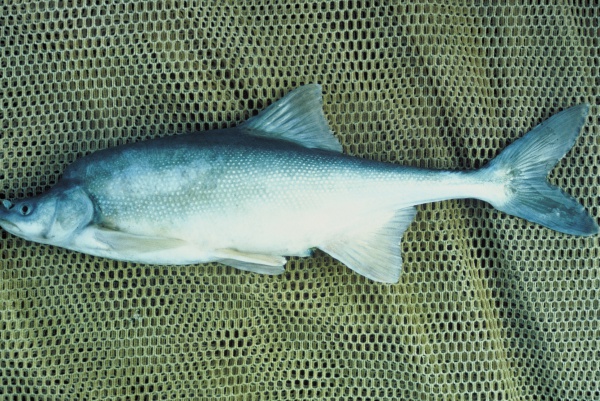Facts About Humpback chub
The humpback chub is a unique fish native to the Colorado River system in the U.S., distinguished by its characteristic humpback, scaleless body, and streamlined shape. This federally protected species primarily feeds on invertebrates and occasionally other fish. They spawn from April to June in calm backwaters. Unfortunately, their numbers have diminished mainly due to habitat loss, particularly resulting from the construction of the Glen Canyon Dam.
Historically, the humpback chub ranged widely from below Hoover Dam on the Colorado River up into Colorado and various tributaries in Arizona, Utah, Colorado, and Wyoming. Today, their presence is confined to six specific areas in different river systems. They favor turbulent, high-gradient, canyon-bound river sections, with habitat preferences varying by age and size.
The Grand Canyon population of humpback chub has faced significant challenges, including parasites and diseases such as Lernaea cyprinacea and Bothriocephalus acheilognathi. Despite these challenges and historical population declines, recent estimates indicate that their numbers are stabilizing and even increasing. Conservation efforts focus on managing threats such as altered water flow, predation by non-native fish, and parasitic infections, while also monitoring all populations and genetic diversity.
Conservation strategies include adjusting dam operations, creating artificial floods to restore natural habitats, and removing non-native predators. Experiments with water releases from Glen Canyon Dam have been conducted to mimic historical conditions and improve downstream habitats, yielding mixed results. The recent increase in the Grand Canyon humpback chub population may be due to factors like removing non-native fish and changing water temperatures caused by drought.

 Mexico
Mexico